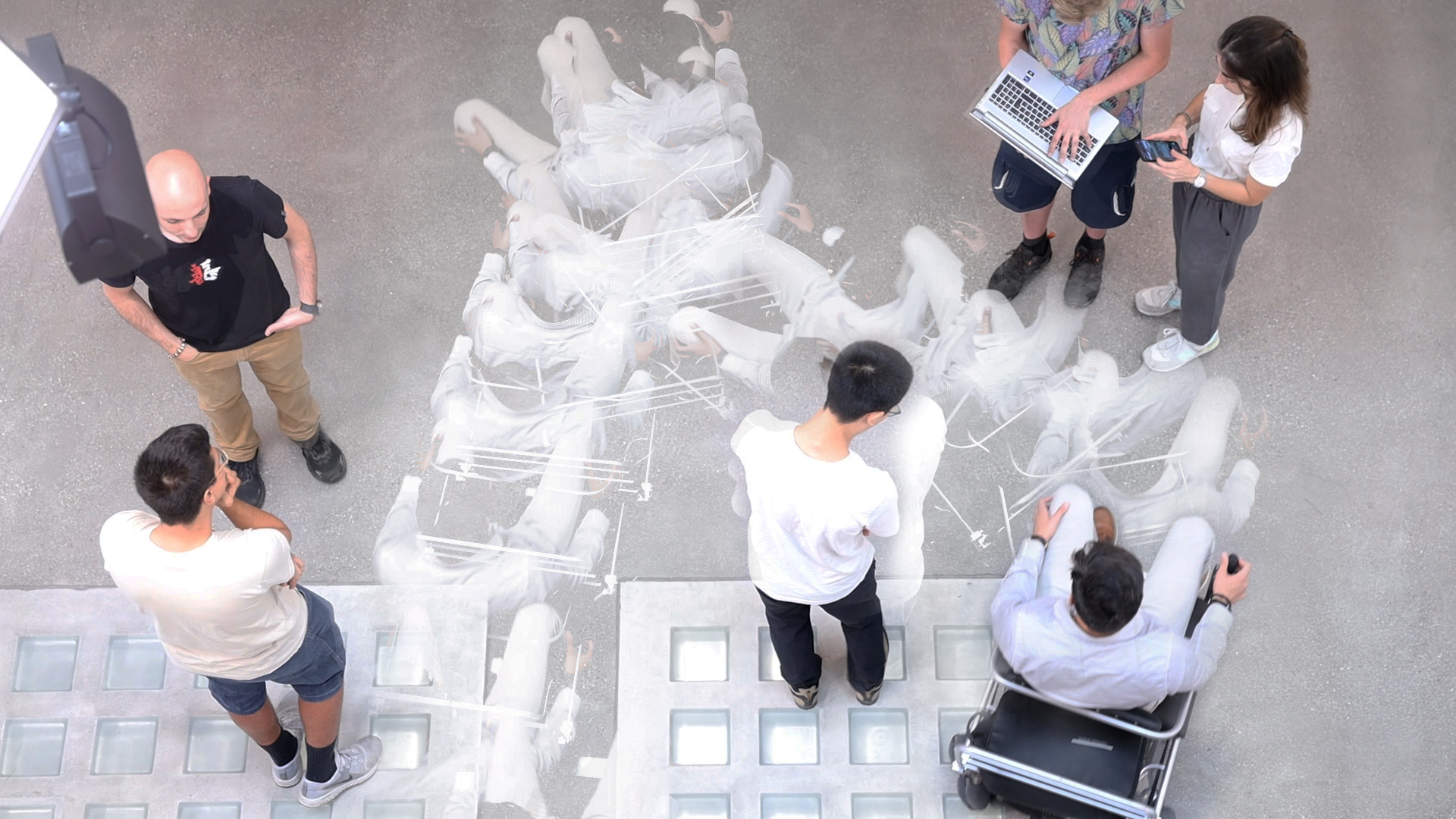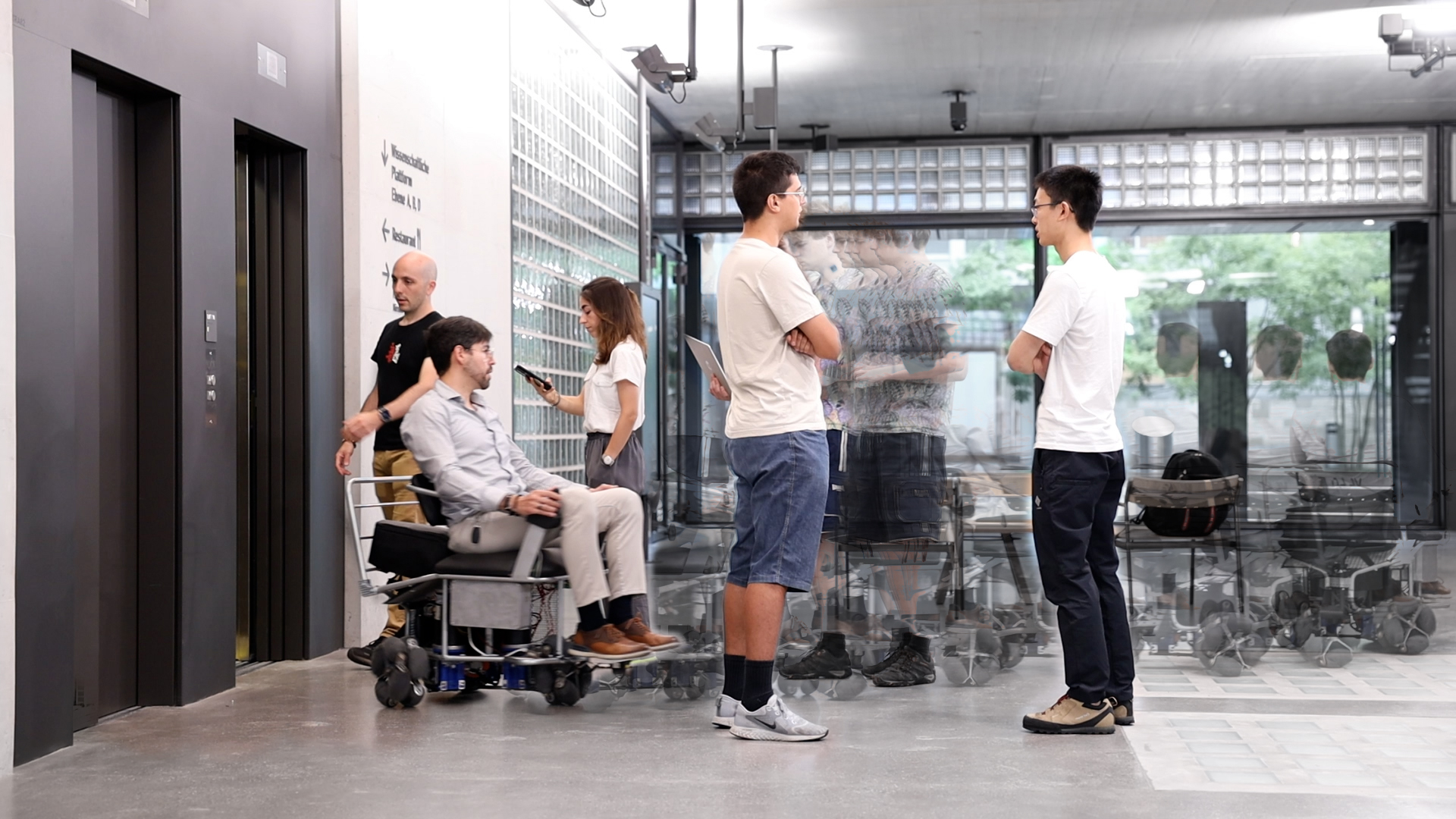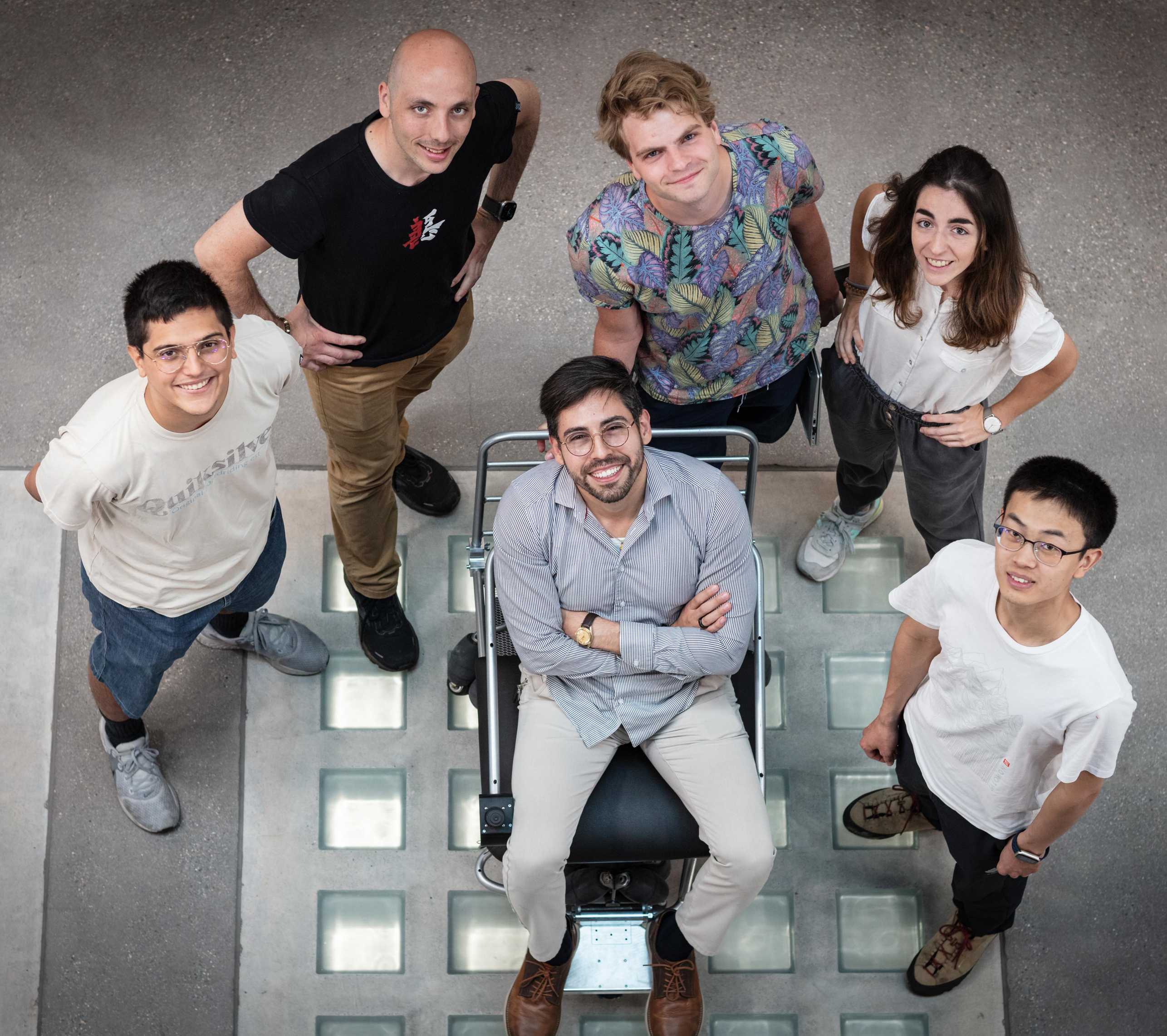Learning Driving Assistance for Robotic Wheelchairs in Complex Environments
While barrier-free policies are being increasingly adopted across industries and public locations, persons with reduced mobility still face limited freedom of movement even with specific services in place like at airports and malls.
Bringing adaptive autonomous control and assistance functions to wheelchair users has the potential to relief users of mental load and give freedom of movement across complex environments for persons with reduced mobility. Despite recent advances in robotic autonomy, autonomous navigation for assistive robots in complex environments where user experience and dense crowds are considered is still a largely unsolved problem.
This project will delve into the design and development of human-in-the-loop reinforcement learning approaches, together with a shared control scheme that puts the user experience optimization at the center. As with advanced driving assistance system (ADAS) for vehicles, we will empower impaired individuals by giving them tools to benefit from an advanced personalized experience while keeping control over the autonomy of the device.
Together with the startup DAAV, we work on an omnidirectional wheelchair as a service solution able of full autonomous navigation in cluttered environment while offering different levels of shared autonomy for personalized user experience and user-driven control. Importantly, all our work ensures safety guarantees are maintained all times, while user experience is enhanced through and AI-based monitoring and user profiling system.
We built on top of state-of-the-art safety-guaranteed autonomous controllers for complex and dense environments with novel human-in-the-loop learning algorithms and new approaches to shared control and user assistance. We augment the scene understanding with new sensor fusion algorithms to detect, model, and predict flows of people, allowing for more natural and user-centric navigation.
Overall, the project will deliver both innovative hardware and software. The new autonomy and shared control algorithms will enable better integration of persons with reduced mobility into crowded environments. Rather than stopping every time a moving obstacle or pedestrian gets too close, we are building a safe robotic wheelchair system capable of maneuvering through the quick and unexpected motions of other persons in dense crowds with its unique omnidirectional drive system.
Through this project, we delve into user-centric autonomy and AI, advancing the state-of-the-art in several directions. First, with novel learning algorithms for human-in-the-loop reinforcement learning for end-to-end control with safety guarantees. This also opens the door to introducing shared control approaches with a dynamic policy able to adapt to user inputs and personalize the driving experience. At the same time, we explore the potential of inverse reinforcement learning for modeling the ideal motion model based on user-driven constraints.
Second, the holonomic nature of the wheelchair with its omnidirectional motion opens the possibility to enhancing usability with advanced navigation for cluttered environments and dynamic obstacle avoidance algorithms while introducing new constraints in terms of user comfort, as well as user profiling for personalized user experience.
Finally, detection and tracking of people in complex and crowded environments with limited sensing (e.g., 2D lidars) and recurrent object occlusions is still a challenging problem. Through the fusion of different sensors and the introduction of new deep learning architectures, this project will deliver enhanced predictive situational awareness to ensure smoother integration of the wheelchair in crowd flows.
Founded by Innosuisse 103.421 IP-ICT: Developing AI-enabled Robotic Personal Vehicle for Reduced Mobility Population in Complex Environments


